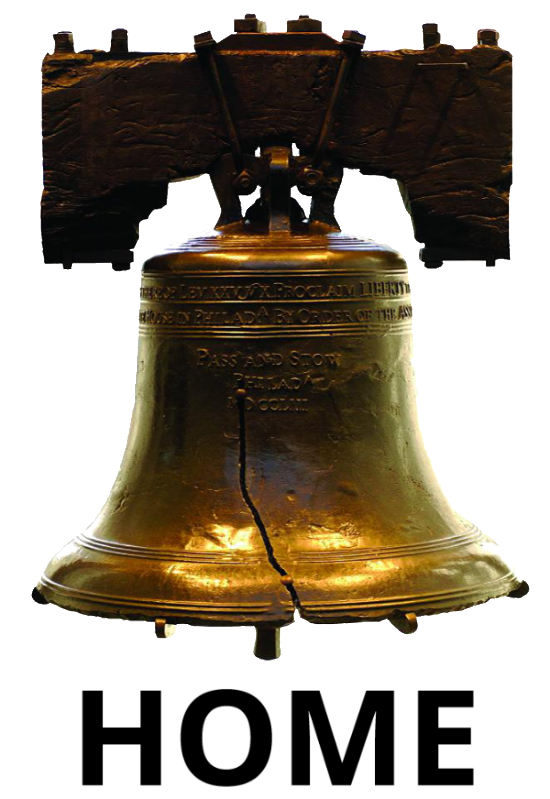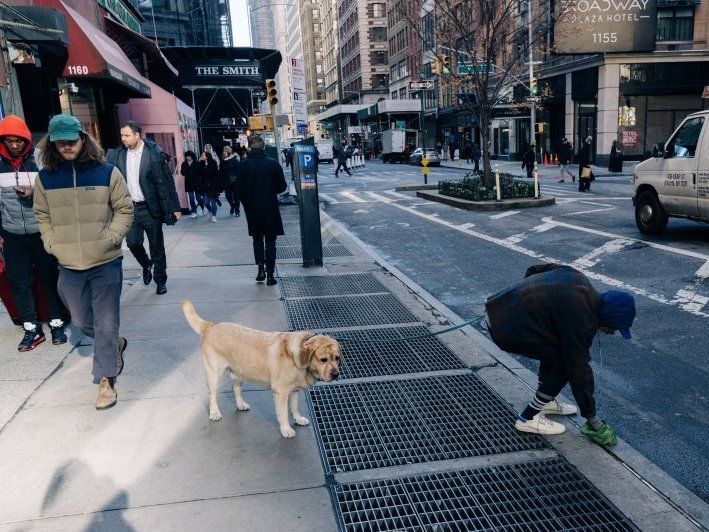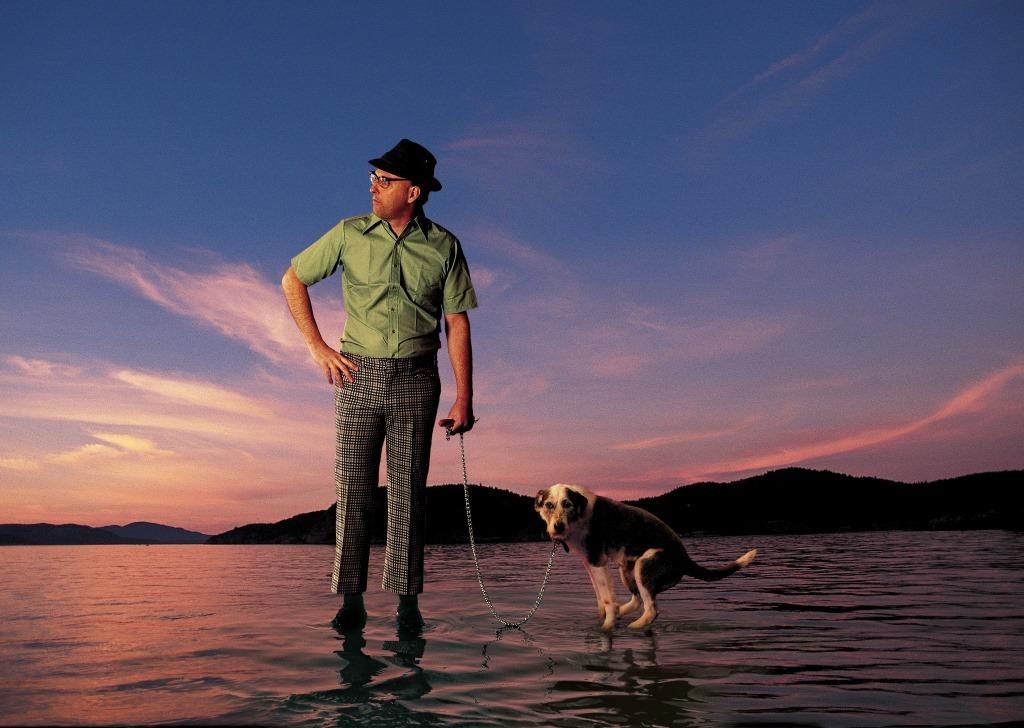- Dealing with Dog Poop & Water Quality
There is a popular children’s book classic that has the title “Everybody Poops”. This truth affects all of us,
including that adorable puppy that you decided to add to your family. If you have a dog, it poops. When you
take it for a walk or let it outside to run around, it will poop, at least once a day. Dealing with dog poop is a
necessary part of having a dog. Having a dog can add much enjoyment to our lives. According to the Ohio
Department of Health website, there are approximately 83.3 million pet dogs in the Unites States, and 46% of
all households own at least one dog (1).But what to do about all that stinky poop?
Many people don’t think much about dog poop, aka feces or waste, as long as they don’t step in or smell it. It
may not seem like much, especially if you only have one dog, or if your dog is small. However, it adds up to a
big problem for our water quality if not disposed of properly. Yes, dog poop can hurt the quality of water in our
streams, rivers and lakes! This is true even if you don’t live or take your dog to places that are on or near the
water.
Dog waste can contain bacteria and parasites that cause serious health issues in people and wildlife, such as
giardia, salmonella, viruses, parasites, and more. Leaving waste lay increases the chances that other pets,
wildlife, and people will come into contact with these bacteria and parasites. It can also attract unwanted pests
to your yard. When it rains or when winter snow melts, much of the waste left in yards and along trails and
roads gets washed with the rain water into the drains along the side of the road, known as storm drains, or into
ditches. The water in storm drains and ditches is routed to our area streams and rivers, to keep our homes,
businesses and streets from flooding. The rain water that is drained away in this way is called stormwater. It is
not sent to any place to be cleaned, filtered or treated before flowing into our streams and rivers. Any dog waste
in the water flows into the streams as well. The bacteria and parasites, as well as the nutrients in the dog waste,
flow into the stream. The Environmental Protection Agency classifies dog waste as ‘non-point source pollution’,
the same classification it gives to spilled oil and pesticides (2).
When the pet waste breaks down, the nutrients it contains can fuel algal blooms, making our area streams and
rivers unsightly and unhealthy for the fish and other critters that live in them. When the algae die, the
decomposition uses up the oxygen, potentially leading to fish kills. Some types of algae are toxic, and an
overgrowth, or bloom, of these algae, is called a Harmful Algal Bloom (HAB). Some areas of our state have
recently experienced HABs. Lake Erie, the Ohio River, and some local lakes and ponds have had HABs where
people were unable to safely swim in or drink the water.
You can help our water quality and protect the health of those around you by taking a few extra simple steps
when your dog poops. If you are out away from home, take a disposable bag with you and pick up the waste.
Seal the bag, take the waste with you and dispose of it in a trash can, or dump the poop (not the bag!) in the
toilet. Do not leave the poop, by itself or in a bag, along a trail or sidewalk! If your dog poops in your yard, go
out and pick up the poop on a routine basis, every day or two, and dispose of it instead of leaving it lay. If a
large rain is in the forecast, get it before the rain starts!
Although not pleasant, know that you are protecting our water quality, preventing the potential spread of
diseases and parasites, and creating a cleaner, healthier and nicer smelling neighborhood for you, your family,
your neighbors and your dog!
1. https://odh.ohio.gov/wps/portal/gov/odh/know-our-programs/zoonotic-disease-program/resources/dogs
Jefferson Township
Montgomery County, OH
JEFFERSON TOWNSHIP
Embracing Tradition, Inspiring Tomorrow
Jefferson Township, Montgomery County, Ohio
One Business Park
Dayton, OH 45417
Phone: 937-262-3591




